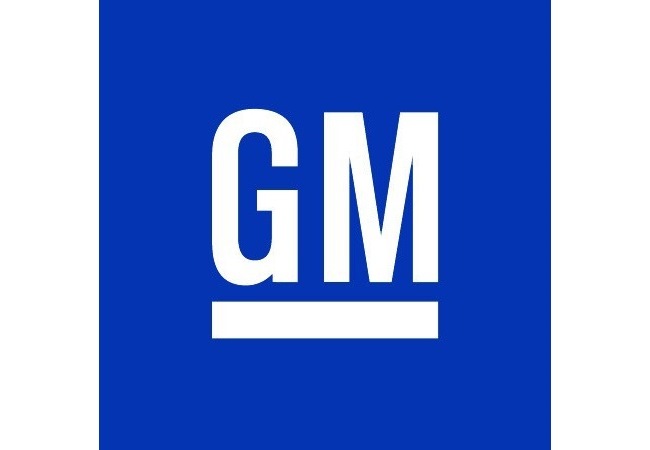Cars and Drivers
Should GM Shares Have Dropped This Much With Ford?
Published:
Last Updated:
General Motors Co. (NYSE: GM) saw a drop off in its shares Monday after Ford Motor Co. (NYSE: F) announced its guidance out to 2020 at the annual investor day. Ford’s guidance for the future looked promising, with more than 50% deliveries growth ahead, but the near-term numbers were under expectations and the reaction was far from positive. So 24/7 Wall St. wanted to look to see whether the relative drop in shares of GM was too much against the news from Ford.
Ford was battered and bruised in the final minutes of trading on Monday, with a 7.5% stock drop after the company’s annual investor day was shown to have a featured guidance under expectations. The major stock drop was not even abated by new product roll-outs nor by sales and deliveries projections for years into the future.
Ford sees its growth rising from 6.2 million deliveries in 2013 to as much as 9.4 million deliveries in 2020. The company’s guidance was offered out to 2020 for more than 50% higher deliveries than in 2013, but the near-term projections got in the way.
The reaction may have been more pronounced due to the timing of the data released, and analysts have entered a duel with downgrades to their price targets or earnings estimates.
However, Ford is now expecting to lose $1.2 billion this year in Europe and $250 million in the following year. Russia takes some of the blame as well. North America is expected to yield mixed results for Ford, offering profit margins to be in the 8% to 9% range for the year, but recall costs will weigh on those margins.
ALSO READ: 8 Analyst Stocks Under $10 With Massive Upside Calls
Ford might not be a winner for now, but GM is far from the finish line too. In recent memory, GM has been plagued by recalls. Domestically, GM has recalled more cars in 2014 than it makes in a year — above 26 million on last look. Some of the recalls will cost GM as much as hundreds of millions of dollars (or more) in liability suit claims and repairs.
However, there has been good news for GM, as well.
Recently, Standard & Poor’s decided that GM was investment grade. The credit ratings agency raised GM’s corporate credit rating to BBB- from double BB+, and the automotive giant’s outlook has moved to Stable from Positive. The ratings agency upgrade did say that GM’s high-profile recalls so far in 2014 do remain a negative factor in assessing its business. Still, S&P expects that GM will have ongoing cash flows that can easily manage these recalls. Those recalls have cost roughly $2.5 billion in charges and a fund set up for faulty ignition switches for up to $600 million.
After Ford made the announcement Monday about its near-term guidance, both Ford and GM took a sharp downturn. Tuesday was not much better as both stocks were effectively challenging their respective 52-week lows.
Considering the falls that both companies experienced, one could easily point the finger at Ford for initiating the drop with its near-term guidance failing to meet expectations. GM followed Ford down the rabbit hole as a direct competitor, as its stock is subject to the same relative value analysis as other sector leaders have.
For example, investors looking into Ford would see that it is trading at 7.69 times its future earnings, which fell from its Monday high of 8.51. GM is trading at 7.05 its future earnings, falling from the previous level of 7.32 times. These both dropped together to keep the balance of price and earnings within this industry. GM’s drop late on Monday was almost 2.9% to $32.22, while Ford’s drop on Monday was 7.5% to $15.11 — but GM was down 0.9% at $31.95 in mid-afternoon trading on Tuesday, versus a drop of 1.7% to $14.85 for Ford at the same time.
Ford has a consensus price target of $19.83 and a 52-week range of $14.40 to $18.12, with a market cap of $57 billion. GM has a consensus price target of $42.63 and a 52-week range of $31.70 to $41.85, with a market cap of $51 billion.
ALSO READ: The Best and Worst Performing Dow Stocks in 2014
Let’s face it: If your money is just sitting in a checking account, you’re losing value every single day. With most checking accounts offering little to no interest, the cash you worked so hard to save is gradually being eroded by inflation.
However, by moving that money into a high-yield savings account, you can put your cash to work, growing steadily with little to no effort on your part. In just a few clicks, you can set up a high-yield savings account and start earning interest immediately.
There are plenty of reputable banks and online platforms that offer competitive rates, and many of them come with zero fees and no minimum balance requirements. Click here to see if you’re earning the best possible rate on your money!
Thank you for reading! Have some feedback for us?
Contact the 24/7 Wall St. editorial team.